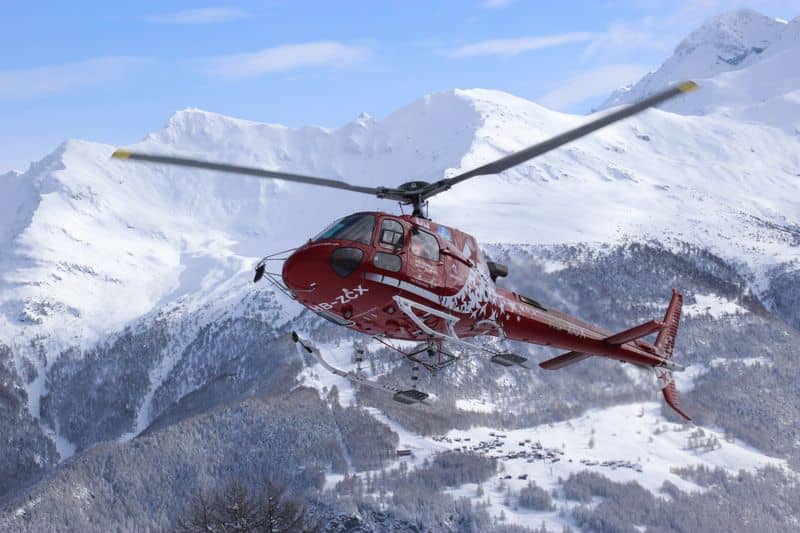Mountain trekking, climbing is a great source of adventure for some people. However, as fun, it may be sometimes unwanted accidents and even deaths occur on those terrains. Many people have gotten permanent injury, some disabilities as well as lost their lives during these expeditions. Mountains have very complex geographical structures as well as very low temperatures which makes rescuing operations very difficult as well as slow. Higher the altitude difficult the rescuing process. There are many snowy terrains in which rescue is almost impossible due to its altitude.
During mountain trekking, the guide is the most experienced person and is responsible for the safety of his fellow group members. If an emergency arises no matter what it is the guide should be able to take an effective decision.
The following are the must-known facts for trekking guide during mountain rescue:
1) Know the situation
The first and most important thing during the mountain rescue the guide should be able to do is analyze the severity of the situation so it is never safe to go trekking without a guide. The situations can range from minor incidents to deathly one. Minor injuries are not dealt with like deathly accidents and vice-versa. The guide is the leader of the team he should know what to do when a similar scenario occurs.
2) Basic First aid
Mostly first aid before medical help arises can do wonders and save lives. The guide must know basic first aid skills and provide basic treatment to the injured one. He must also carry equipment that can provide basic relief to the injured one. He must provide basic relief before the mountain rescue. Problems can be on the body surface or other internal like altitude sickness, short breathiness. The trekking guide should be able to differentiate between what is what.
3) Contact company owner
After first aid, the guide should immediately contact the owner of the trekking company and explain every detail about the situation and the injured person. The trekking company keeps the complete record of its trekkers as well as the responsible authorities that will continue the rescuing operations. The company will inform the rescuing team about the location, condition of the injured person, or persons as informed by the guide. The company also tries to contact the family of the person.
4) Contact the rescuing team himself
If the situation of the injured person is very severe and the guide himself knows the contact of the mountain rescue services. Instead of losing time by informing the company owner, he/she should inform the mountain rescue services himself. The mountain rescuing team should be informed about everything from the number of the injured person, type of injury or problem, severity of the situation as well as their location. So, the rescuing team could take the necessary precaution and provide necessary medical aid.
5) Have patience
After informing the authorities and the mountain rescue about the situations, the team should now patiently wait for the aid. After informing there is nothing they could do but wait for them to get rescued. While waiting they must try to comfort the injured person. The guide and the team should try to keep the person warm as the temperature is very low in the mountains. Stopping the blood flow as much as possible if there is one is also the most important while waiting for the aid.
6) Look out for the aid
The climate in the mountains can get from good to bad and worse within some time. The people waiting for the aid may not be in the visible spot due to the climate or the geographical structure. So, the guide or the other team should look for a way to inform the rescuers about the location. They may put some signs, to inform about their location or the healthy ones can go to the noticeable spot and bring the mountain rescue team to the injured person.
7) Try to rescue themselves
If the authorities of mountain rescue could not be contacted and they cannot hope the rescue from outside. Instead of losing more energy in the snow, if the injured can move they should take the chance. During a mountain rescue, it is not advised during a normal situation to try to get out of themselves. They should wait for the rescuers, but if there is no hope of rescue from outside they should take the chance.

